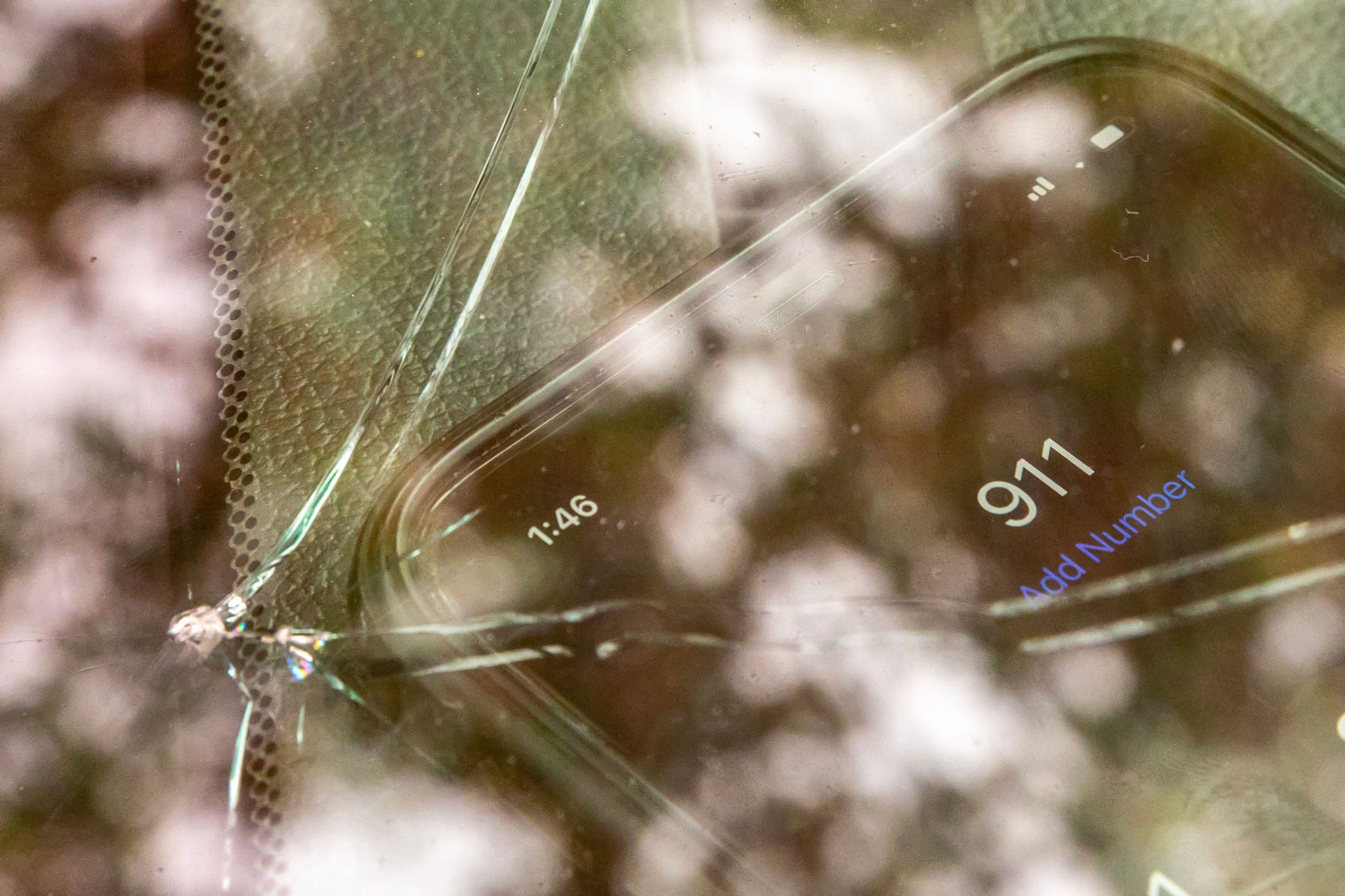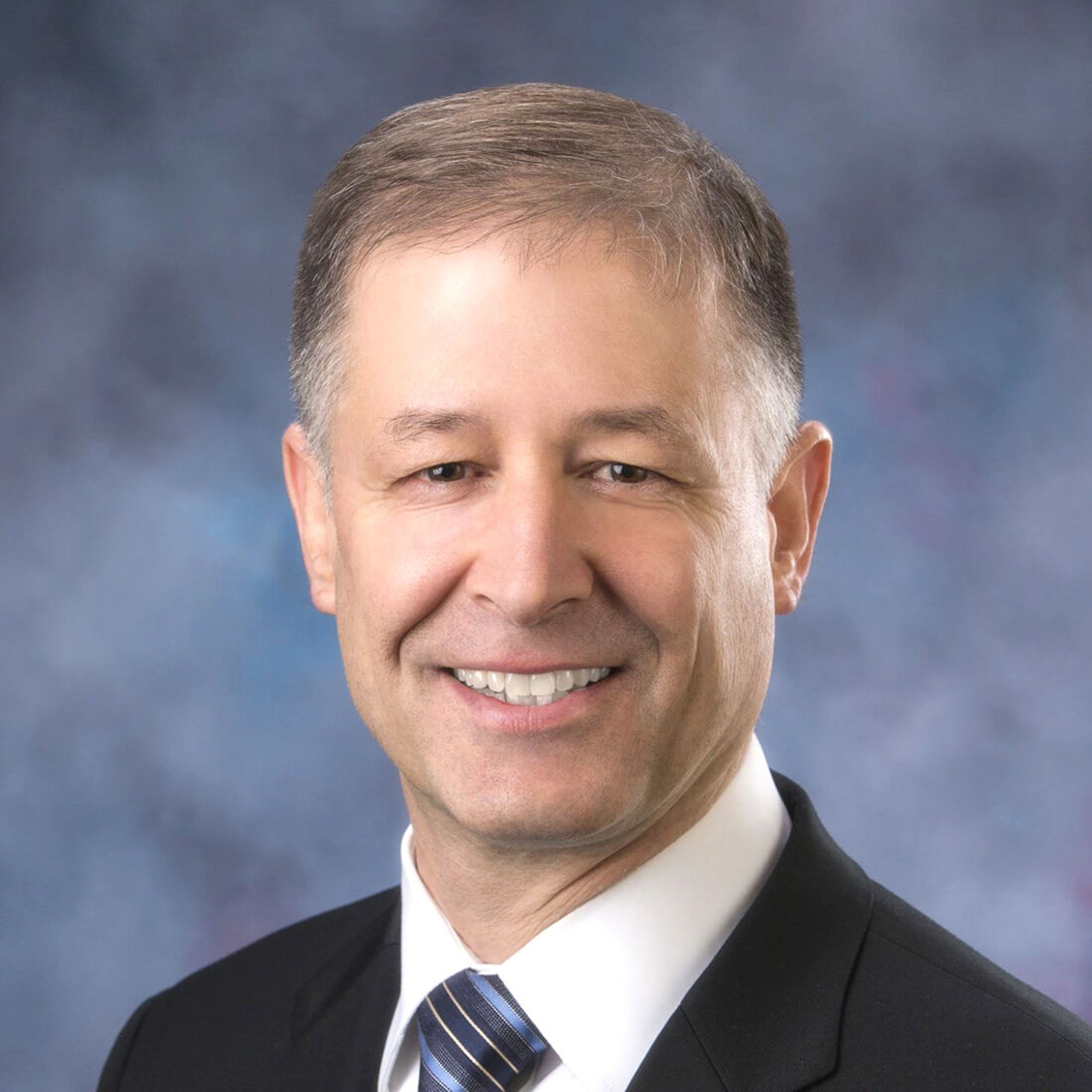iPhone crash sensor causing false alarms
Asotin County crews have been sent to four false alarms thanks to new iPhones’ feature
One of the new features on the latest iPhones is causing some headaches for emergency responders.
Asotin County Fire Chief Noel Hardin said his crews have been dispatched to four false alarms in the past couple of weeks, thanks to the new car crash detection feature on iPhone 14s and 15s and the latest Apple watches.
But the problem isn’t limited to Asotin County, the chief said.
“Since the feature launched with the new iPhones and Apple watch models, 911 and emergency dispatchers across the nation have noted an influx of calls from devices that accidentally triggered car crash detections, even though no car crash occurred,” Hardin said.
One of the first Asotin County incidents occurred when emergency vehicles rolled out for a call in the Peola area, about 4 or 5 miles west of the Clarkston Heights fire station. When responders arrived, they discovered several men out riding motorcycles, Hardin said. One rider’s iPhone had slipped out of his pocket, hit the ground and connected to emergency services to report a car crash.
“That’s what first alerted us to this phone feature. We had all of those resources out there for a false call,” Hardin said.
When a real crash occurs, the feature is designed to be a potential lifesaver. The accidental calls are the issue, Hardin said, and the number is on the rise. Agencies have seen a spike in recent weeks since the new iPhone 15 was released.
“Whitcom and other 911 dispatchers are not trained to ignore a call, meaning accidental calls caused by the newer iPhone feature have to be dealt with and resources allocated,” Hardin said. “Car crash calls put a lot of emergency vehicles in motion — fire, emergency medical services and police resources.”
When a real emergency occurs at the same time, it’s “horrible” to have responders tied up with a phony problem, Hardin said. “Dispatch centers are diverting essential resources away from people who need it because of a feature on a phone.”
There’s a way to prevent the false alarms, the fire chief said. When an iPhone detects a severe car crash, it will display an alert and automatically initiate an emergency phone call after 20 seconds, but the call can be canceled during that time period, if there’s no emergency. The feature also can be turned off in settings on the Apple cellphones and watches.
“As these calls increase, we will have to look at the owners of these phones that are sparking false calls, and they could be charged a response fee in the future,” Hardin said. “Anyone who has a cellphone with these features should either manage it, or shut the car crash detection off. I don’t think people realize the feature is automatically turned on, unless you turn it off.”
Another way to prevent flashing lights and sirens from showing up is to immediately return calls from dispatchers or police. If a kid or someone mistakenly dials 911 and hangs up, dispatchers will call the number to find out what’s going on. If they don’t get an answer, they track down the address and send law enforcement or other first responders, Hardin said.
“Answer your phone,” he said. “If you don’t answer your phone, we think something is going on. We don’t know if you’ve been in a wreck or are in danger. It costs us all money to roll those vehicles around, and it’s a bad deal when we’re sending out police, fire trucks and other resources for false alarms.”
Sandaine can be reached at kerris@lmtribune.com








